If you’re reading this article, you’re probably a health-conscious person. Or you’re working on becoming one. So let me ask you something: what do you do to reduce your exposure to nasty chemicals?
Do you buy organic produce, read labels on food, cosmetics and personal hygiene products? That’s great. And I’m sure you’re also concerned about the quality of your air and water. Heck, you might even be checking out the ingredients in the detergents you use at home! But what about the toothpaste use? Yep, most dental hygiene products contain stuffs you would never tolerate in your food. A safer alternative would be oil pulling (swishing oil around in your mouth) and that’s what this article is all about. Enjoy the read!
Should you stop using toothpaste?
Definitely! And mouthwash too.
I’m pretty sure you’re thinking ‘Ugh, this RD is a hippie!’ But, bear with me, and go check out the ingredients on the packaging of your toothpaste and mouthwash. Here’s what you’re probably putting in your mouth:
- Sodium saccharin and sodium benzoate
- Hydrated aluminum oxides
- Tartrazine
- Phosphate salts and silicates
- Triclosan
- Domiphen bromide
- Cetylpyridinium chloride
- Alcohol
- Polysorbate 80
- FD&C yellow 5 and/or blue 1
- Glycerin
- Carbomer
And get this: many of these chemicals don’t even possess the advertised ‘benefits’!
Let’s consider mouthwash for instance. You use this kind of product to get rid of bacteria and have a fresh breath, right?
Well, I hate being the party-pooper here but mouthwash that contains alcohol can actually dry out your mouth while working against your oral defense mechanisms. What this implies is that the more you use a mouthwash, the less effective your innate oral defense squad becomes. Guess who’s happy? Yep, the harmful bacteria that are ‘offered’ the perfect medium to multiply. End result: worsening breath that compels you to utilize more mouthwash. And the vicious cycle goes on.

How does oil pulling work?
Our mouths are naturally jam-packed with bacteria – some good guys and some villains. The pathogenic bacteria produce plaque on our teeth. This plaque is actually a thin layer known as a ‘biofilm’ which the bacteria produce to help them adhere to the tooth’s surface. These biofilms are composed of polysaccharide and protein meshworks that act as ‘fortresses’ for the bacteria: these meshworks protect the bacteria against our immune system, antibiotics and other bacterial species. They also help the bacteria tolerate stress while providing easier access to nutrients.
Although you can’t get rid of all this plaque, you want to prevent an excess of plaque which causes all kinds of nasty issues such as gingivitis, cavities, bad breath, yellow teeth and inflammation.
And that’s where oil pulling can come in handy. You see, when you swish oil around in your mouth, the fats in the oil mix with the biofilm and other substances in your mouth to form a ‘soap’. This soap cleanses the oral cavity and traps the bacteria which are eliminated when you spit out the oil after you’ve swished it in your mouth.

Health benefits of oil pulling
Did you know that ancient Ayurvedic medicine recommends oil pulling? In fact, the Ayurvedic text Charaka Samhita which is more than 2000 years old claims that carrying out this practice regularly can cure about 30 systemic ailments ranging from headaches and tooth decay to diabetes and asthma. True, this doesn’t automatically make oil pulling legit, so let’s have a look at the evidence-based benefits of this practice.
1. Oil pulling can reduce the risks of dental cavities.
Pop quiz: What’s the main bacteria in the mouth?
The award goes to Streptococcus Mutans, one of the bad guys behind plaque buildup and tooth decay and the primary cause of cavities. In fact, research has shown a relative increase of Streptococcus Mutans counts in plaque samples from tooth surfaces that become carious at a later stage. Oil pulling may help kill these bacteria.
The research
In 2008, researchers investigated the effects of sesame oil on Streptococcus Mutans bacterial count in saliva and plaque. The 20 adolescents (aged 16-18 years) involved in this triple-blind random control trial were divided into two groups: oil pulling was practiced in one group whereas participants in the other group used a regular mouthwash containing chlorhexidine (the gold standard mouthwash with antibacterial properties) in the morning for 10 minutes every day.
Samples from both groups were collected after (i) 24 hours, (ii) 48 hours, (iii) one week and (iv) two weeks. The researchers found that both the chlorhexidine and oil were highly effective in eradicating the bacteria. However, these effects were only seen after one and two weeks in the oil pulling group: reduced bacterial count was observed at all the four time points in the control group.
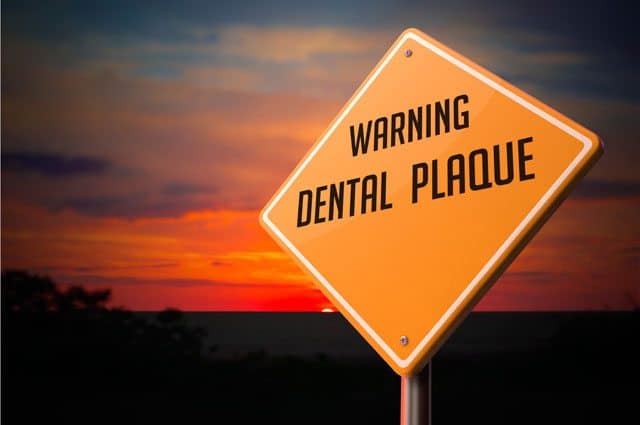
Despite these observations, oil pulling has certain advantages over chlorhexidine:
- It is less likely to cause allergic reactions.
- Research suggests that chlorhexidine could increase blood pressure by up to 3.5 millimeters of mercury (mmHg) thereby increasing your risk of heart attack.
- It works at relatively low concentrations.
- Long term utilization of chlorhexidine alters taste sensation and produces hard to remove brown stains on the teeth. Oil pulling may be gross at first but it is in no way as nasty as chlorhexidine.
In another oil pulling study also involving sesame oil, researchers reported a ‘remarkable’ decline (20% on average) in the total oral bacterial count after 40 days. That’s not all; the participants’ susceptibility for dental cavities also decreased significantly. The authors explained that oil pulling therapy was effective in preventing bacterial growth and adhesion to the teeth.
[color-box color=”main”]Bottom Line: Oil pulling is almost as effective, but much safer to use, compared to mouthwashes that contain chlorhexidine.[/color-box]
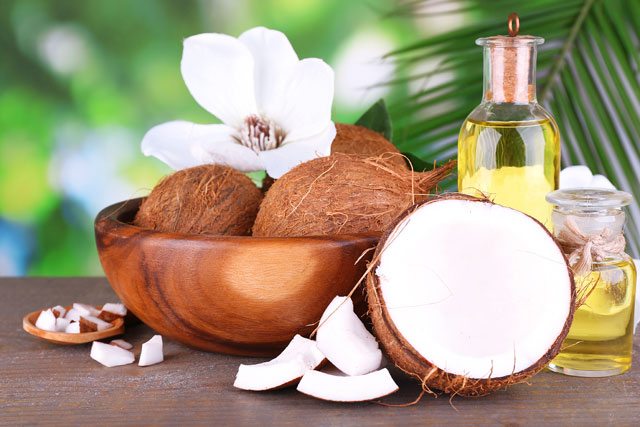
2. Oil pulling can alleviate plaque-induced gingivitis.
Gingivitis refers to a mild form of periodontal disease that involves inflammation of the gingiva (or gum) which is part of the soft tissue that lines the mouth and acts as a seal around the teeth. Plaque-induced gingivitis occurs when plaque spreads underneath the gum line – this triggers an inflammatory response. If left unchecked, gingivitis can lead to a more serious infection known as periodontitis. Oil pulling may be a solution to this problem.
The Research
In a study published this year, researchers found that coconut oil pulling considerably decreased plaque buildup as well as plaque-induced gingivitis. The study involved 60 teenagers aged 16 to 18 and lasted for 30 days.
[color-box color=”main”]Bottom Line: Oil pulling can prevent plaque building, thus protecting your gums against bacterial infection.[/color-box]
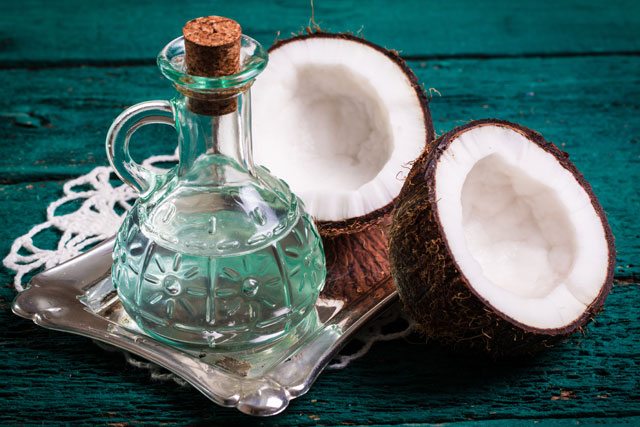
3. Oil pulling can kick bad breath to the curb.
Bad breath, or halitosis, can be caused by the following factors (just to name a few):
- Imbalanced mouth biome
- Imbalanced gut flora
- Gingivitis or periodontis
Pop quiz: What do the conditions above have in common?
Interestingly (well, kind of), all of them usually involve an excess of pathogenic bacteria that produce volatile sulfur compounds as waste products – high bacterial emission of sulfur in the oral cavity has been associated with bad breath.That’s not all; a coated (or furred) tongue is almost always associated with halitosis.
You see, with all its taste buds, the tongue has an uneven surface and provides a terrific dance floor for pathogens to have a party. What I mean is that lots of bacteria can easily adhere to your tongue’s surface where they degrade organic substrates (such as glucose, mucins, peptides, and proteins present in oral fluids, oral soft tissues, and retained food debris) and produce odorous compounds.

One of the questions I often get is: ‘I don’t have gum disease, cavities or tongue coat. But I occasionally suffer from halitosis…’If that’s your case as well, you may want to check your tongue for bacterial retention.
To do that, simply brush your teeth and tongue as you normally do then take a metal spoon and drag it on your tongue. This should remove the biofilm. Once you’ve done this, brush your tongue again – the bristles of your toothbrush will now have access to your tongue’s entire surface. This should help diminish part of the bacterial population living on your tongue. Now, if you don’t feel like brushing your tongue twice, simply oil pull before brushing your teeth. Since oil pulling can help tone down bacterial overgrowth in the mouth while reducing inflammation, it makes sense that this practice can reduce bad breath.
The Research
To evaluate the effect of oil pulling on halitosis, researchers selected 20 teenagers and assigned them to two groups. Group I was the oil pulling group – the participants oil pulled with sesame oil for 10 to 15 minutes every day in the morning before brushing. Group II, which acted as the control group, was given a 0.2% chlorhexidine mouthwash which they used for one minute daily in the morning. The study lasted for 14 days. The scientists reported that oil pulling therapy was as effective as chlorhexidine against halitosis and organisms which are associated with halitosis.
Candida overgrowth is often involved in halitosis: if you have a coated tongue, chances are you might have a Candida issue. Research also indicates that coconut oil is effective against Candida Albicans in an in vitro oral biofilm model.
[color-box color=”main”]Bottom Line: Oil pulling is a natural and effective remedy against bad breath caused by various factors. [/color-box]
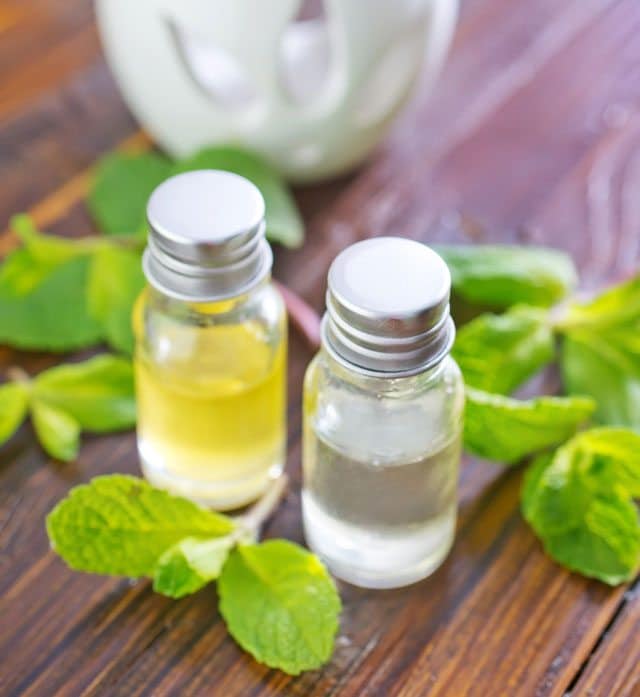
Possible (but not yet proven) benefits of oil pulling.
1. Whiter teeth
Many people who have tried oil pulling for a few weeks have reported that oil pulling whitened their teeth. However, this is only anecdotal and no studies are available to back this fact. This being said, if you’re looking for whiter teeth, oil pulling is a much better option than bleaching which has been associated with damaged enamel, tooth nerves and gum.
2. Protection against heart disease
Individuals with periodontal diseases tend to have higher blood levels of C-reactive protein and thicker carotid arteries, two strong predictors of stroke and heart disease. And research suggests that the oral pathogen Porphyromonas gingivalis could play a role in heart disease. Although more research is needed, one theory is that bacteria from chronic gum infections may enter the bloodstream and possibly contribute to heart disease. Again, there is no evidence proving that oil pulling can help with any of these conditions.
3. Improved Sjögren’s syndrome symptoms
A Canadian dentist asked 12 of her patients with Sjögren’s syndrome to oil pull daily for three weeks. Her patients reported a vast improvement in speaking and swallowing. They also reported that their gums no longer bled after flossing.
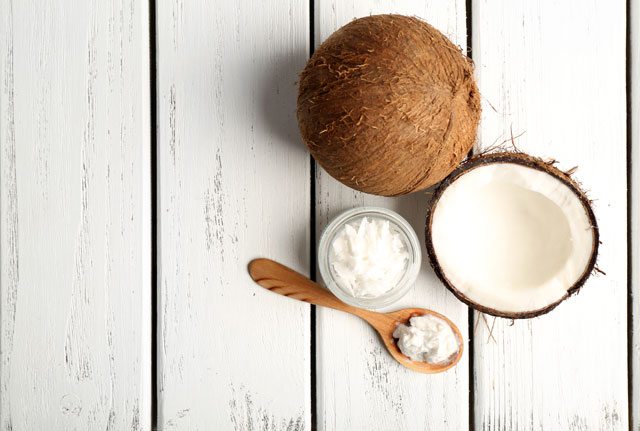
So, how is coconut oil pulling carried out?
The best time to oil pull is on an empty stomach right after you get out of bed in the morning. You can repeat oil pulling two to three times a day if you have a mouth infection. The following steps will guide you through oil pulling:
Step 1: Put 1 to 2 teaspoons of coconut oil in your mouth – don’t swallow it. If your oil is solid, you may need to melt it in a pan of warm water. I prefer to let it melt in my mouth or chew on it.
Step 2: Swish for 20 minutes. This simply involves gently ‘pushing’ and ‘pulling’ the oil around and between your teeth. Oil pulling should be relatively relaxing and there’s no need to vigorously swish the oil – if your facial muscles start hurting, just ease the pace.
20 minutes may sound like a long time to oil pull but that’s just long enough for the oil to break through the plaque and form the ‘soap’ which will trap the bacteria. To make things less boring, oil pull while doing something else – you could shower or tidy up your room for instance.
Step 3: Spit the oil into the trash or toilet. You really don’t want to spit in your sink as the oil will clog up your pipes and leave you with a hefty plumbing bill. When you’re done swishing, the oil will be thick and creamy- or yellowish-white as it is now mixed with saliva.
Whatever you do, don’t swallow the oil once you’re done swishing! After oil pulling, the oil will be loaded with bacteria and toxins. Not to mention pus and mucous if you have a mouth infection.
Step 4: Immediately rinse your mouth. For added antimicrobial properties, use salt water to cleanse your teeth, gums, palate and tongue. I personally prefer using warm salt water but that’s up to you.
Step 5: Brush your teeth with a natural toothpaste. And you are done!

Notes:
- If mucous builds up in the back of your throat, you can spit out the oil. Clear the mucous from your throat before repeating the process with some fresh coconut oil.
- I strongly advise that you use raw (unheated and unrefined) organic coconut oil for oil pulling – this way, you’ll only be getting the oil extracted from the first pressing of fresh, raw coconut without the not-so-nice dose of chemicals that tag along in the refined brands. Plus, unlike expeller pressed (or refined) coconut oil, the raw version is usually rich in various micronutrients and other substances that are beneficial for oral health.
- The difference between ‘virgin’ and ‘extra virgin’ coconut oils is the cost; nothing else. Some cunning manufacturers will try to make you pay more by labeling their coconut oil as ‘extra virgin’.
Caution: If you have receding gums, you may want to perform oil pulling not more than twice or thrice a week.
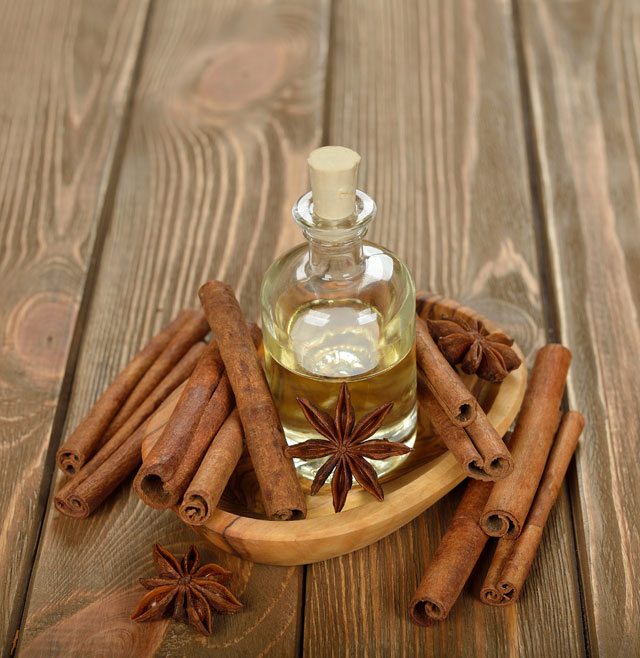
How can you reap the most benefits from oil pulling?
To enhance the anti-fungal and antiseptic effects of oil pulling, mix your coconut oil with one or two drops of essential oil. You may want to consult your health care professional first.
I personally prefer:
- Cinnamon essential oil – Medically utilized for thousands of years by Egyptians, cinnamon contains various compounds that can prevent the growth of bacteria, fungi and other nasty bugs.In a 2009 study, researchers found that the essential oil of cinnamon was highly effective against Streptococcus Mutans and Lactobacillus plantarum – these bacteria play an important role in tooth decay and gum disease respectively. As such, adding cinnamon essential oil to your oil pulling regimen can help prevent cavity formation. Bonus: the cinnamon oil adds a nice warming tone to the coconut oil. Note: Adding cinnamon powder to your oil blend may irritate your gums – I advise you stick to the oil.
- Clove essential oil – Cloves have been extensively utilized for hundreds of years in traditional Chinese medicine to relieve tooth pain and clinical trials indicate that clove oil can prevent the growth of numerous mutant and wild strains of pathogenic bacteria.Researchers explain that the whole clove essential oil is able to inhibit quorum sensing, a process through which bacteria can communicate and influence each other’s behavior. By preventing quorum sensing from occurring, clove essential oil can hinder the growth of biofilms, thus depriving the bacteria of their fortresses as explained earlier in this article.You may have noticed that ‘eugenol’ is on the ingredient list of numerous mouthwashes. Although this compound is the active ingredient in clove, research has shown that, unlike whole clove essential oil, eugenol is unable to hinder quorum sensing. This indicates that the various compounds present in clove oil act synergistically to confer the observed oral health benefits.
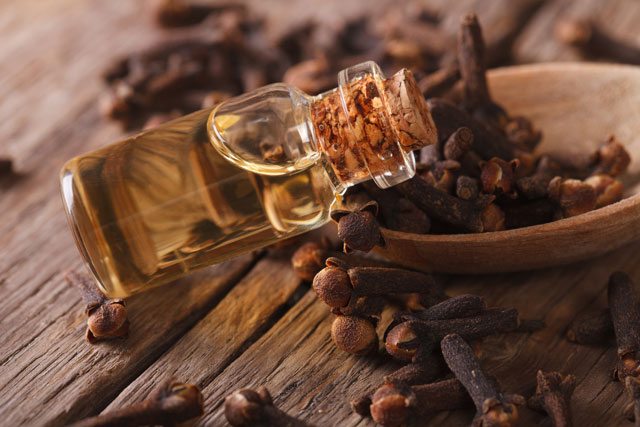
But you can also use:
- Manuka essential oil – The Maori, the indigenous people of New Zealand, have traditionally boiled the inner bark of the manuka tree and used the liquid as a mouthwash.Research has confirmed that manuka oil could prevent pathogens from adhering to the surface of the teeth. The scientists also found that manuka oil was more effective than eucalyptus, lavandula and romarinus oils at eliminating oral bacteria including Porphyromonas gingivalis, Actinobacillus actinomycetemcomitans, Fusobacterium nucleatum, Streptococcus mutans, and Streptococcus sobrinus. These bacteria are known to cause periodontal diseases and increase cavity formation.
- Peppermint essential oil – Anaerobic bacteria, such as those that live below the gum line and cause gum disease, are able to thrive in environments that are low in oxygen. And that’s where peppermint essential oil comes in: research shows that the oil is able to eradicate these bad bugs. So if you have any sign of gum disease, adding one or two drops of peppermint essential oil to your oil pulling regimen could do wonders for your gum.
- Tea tree essential oil – Also known as melaleuca oil, tea tree oil can help reduce the risk of cavity formation by preventing pathogens from adhering to the teeth. Research also suggests that this essential oil is able to kill bacteria such as Candida Albicans by disrupting the bacteria’s cell membrane and inhibiting respiration.
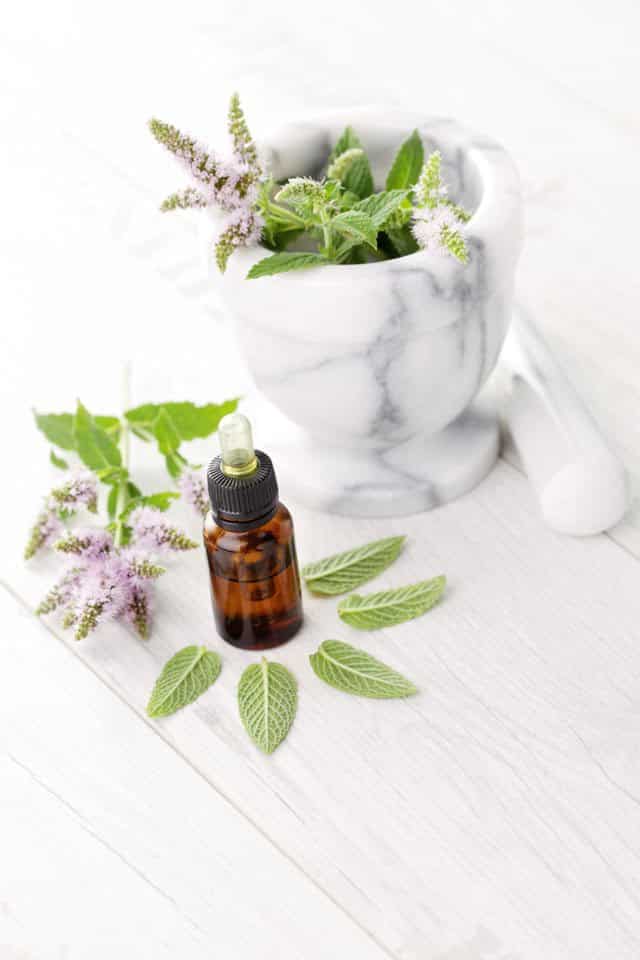
Besides coconut oil, can other oils be used?
Yes – traditionally, sesame oil and ghee have been used for oil pulling. Nowadays, sunflower oil and olive oils are used as substitutes as well.
So, why do I recommend coconut oil?
Well, research suggests that coconut oil is more effective than vegetable oil and olive oil. Irish scientists from the Athlone Institute of Technology investigated the effects of these three oils on dental health. They reported that only coconut oil was effective at preventing Streptococcus Mutans from binding to the enamel and damaging it.
That’s not all; coconut oil comes with A-MAZING health benefits. Plus it is structurally different from most other dietary oils which are almost entirely long chain fatty acids – coconut oil is a medium chain fatty acid. This different structure influences both the physical and chemical properties of the oil which is why coconut oil possesses numerous health properties. Studies have shown that coconut oil is antibacterial, antifungal, antiviral, anti-parasitic and anti-inflammatory thanks to the lauric acid it contains.
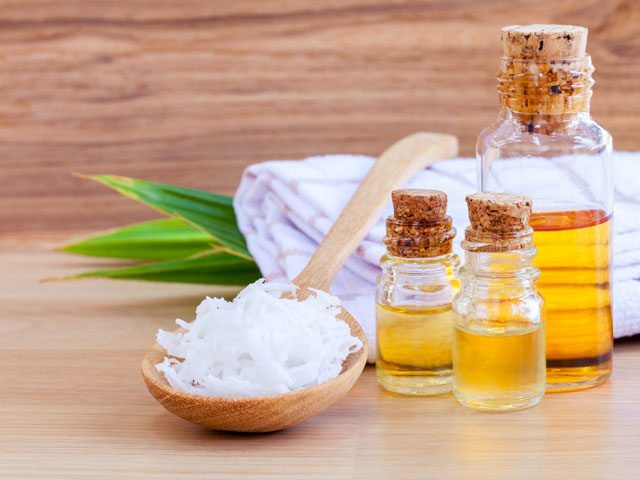
Is oil pulling for you?
I agree that existing studies investigating oil pulling are small and have numerous limitations. But it wouldn’t hurt you to try oil pulling. After all, the therapy is relatively cheap and does not require you to undergo restrictive diets, pop pills, or consume unpleasant herb mixes. Plus, it’s harmless (unless you swallow it): you’re putting something edible in your mouth and you’re not even swallowing it. Sometimes, you can get highly effective ‘solutions’ at your grocery store for a fraction of the cost.
And if you’re really into improving your oral health, make sure to get enough vitamin K2 in your diet.




